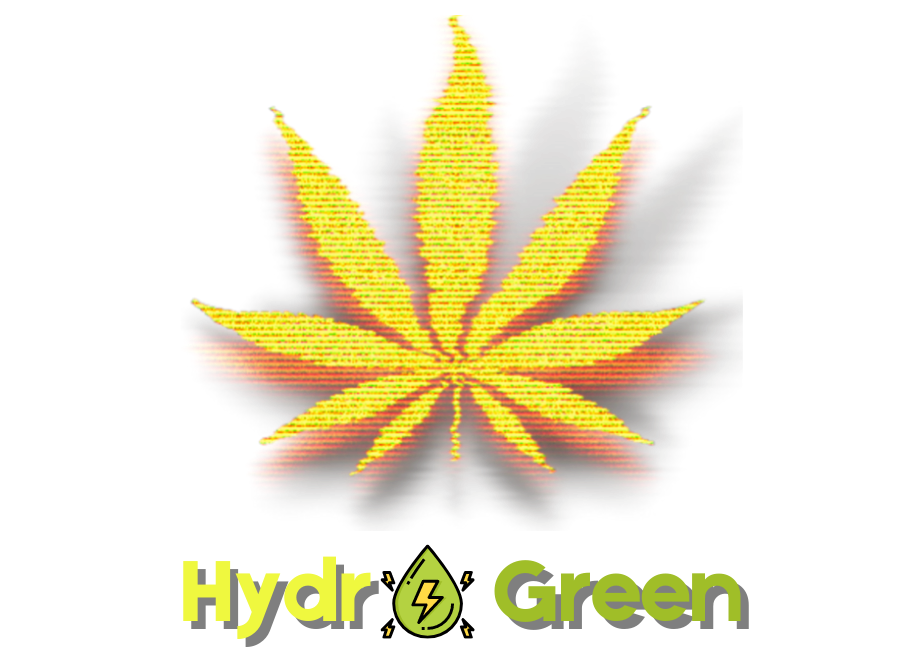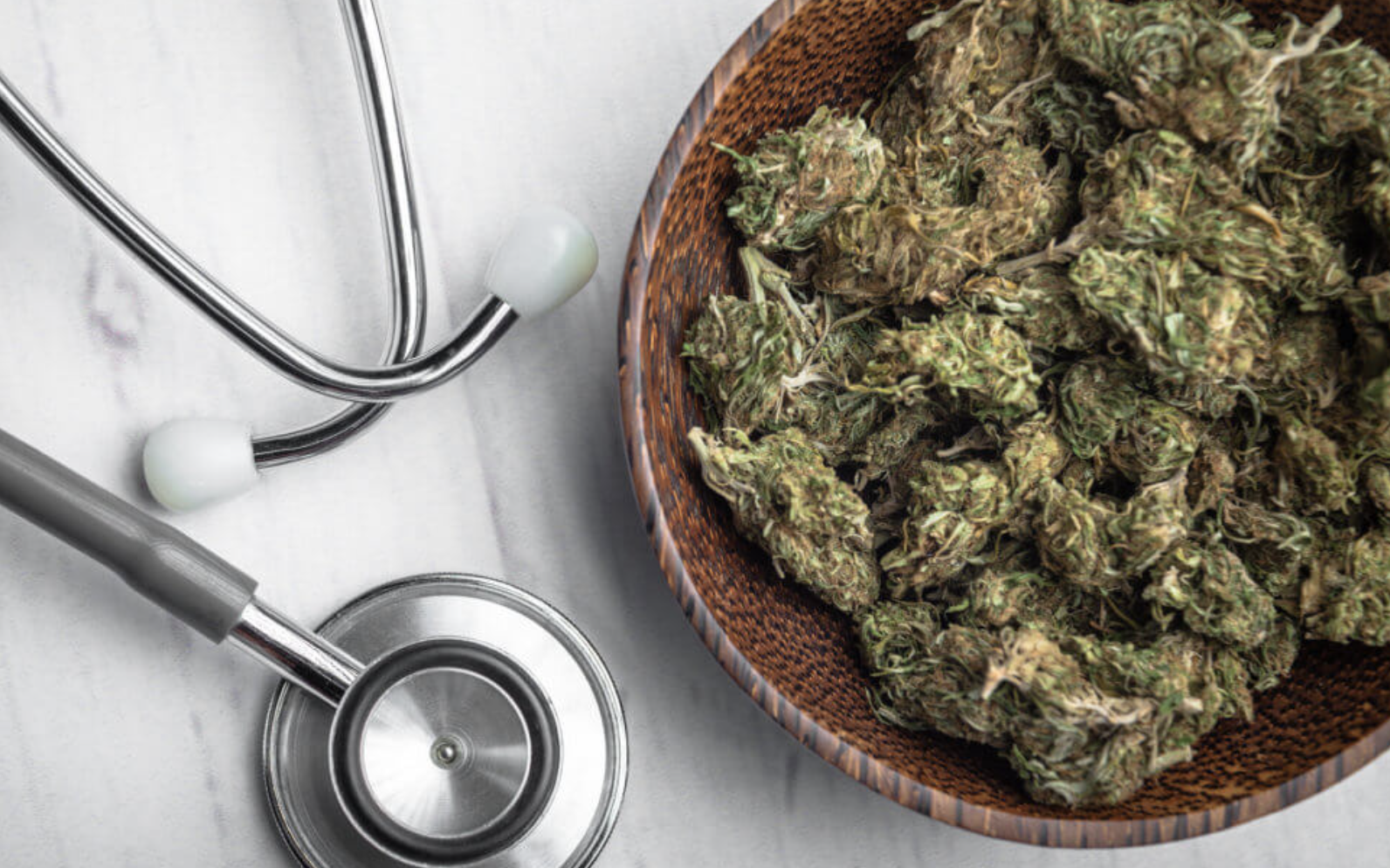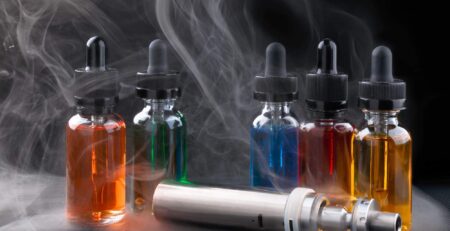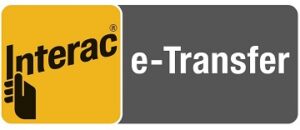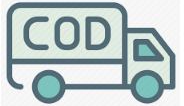Microdosing Cannabis: Benefits and Best Practices
Microdosing cannabis can be an effective way to enjoy the benefits of marijuana without feeling overwhelmed by its powerful effects. By taking small amounts of cannabis, often referred to as microdosing, a person can experience the therapeutic benefits of marijuana without the intoxicating effects of high-dose THC. Taking a low dose of THC can provide relief from pain, anxiety, and other conditions, while still allowing a person to stay productive and creative.
At Hydro Green, we know that microdosing marijuana can be a powerful tool for people seeking relief from medical and mental health conditions, and we strive to provide our customers with the best practices for microdosing cannabis. Our cannabis dosage guide helps individuals understand the effects of different doses of THC and CBD, and provides recommendations for the low-dose cannabis that offers the benefits of cannabis microdosing.
Overview of Microdosing Cannabis
Microdosing marijuana is gaining popularity as a way to experience the benefits of cannabis without the intensity of a full dose. THC microdosing can help reduce anxiety, improve productivity, and relieve pain, while CBD microdose benefits can provide anti-inflammatory and neuroprotective effects. Before beginning a microdosing regimen, it is important to understand the low-dose cannabis effects, benefits of cannabis microdosing, and best practices for microdosing cannabis. A cannabis dosage guide can help you determine the best dosage for your needs.
What is Microdosing?
Transitioning from the previous section, let’s dive into the overview of microdosing cannabis. What is microdosing? Microdosing is the practice of taking very small, controlled amounts of cannabis. This low-dose cannabis can provide a variety of benefits, ranging from relief for physical and mental health symptoms to improved productivity and creativity. It is important to understand the effects of microdosing marijuana, as well as the CBD microdose benefits and the THC microdosing effects, in order to get the most out of your cannabis use. A cannabis dosage guide can be helpful in helping you understand how to properly microdose for anxiety, pain relief, and any other desired effects.
Benefits of Microdosing
Microdosing marijuana is becoming an increasingly popular way to enjoy the benefits of cannabis without overdoing it. Benefits of microdosing cannabis include improved mood, lower stress levels, decreased anxiety, and improved focus. With a smaller dose, users also experience fewer side effects, such as drowsiness or a decrease in cognitive function. Low-dose cannabis can also help reduce chronic pain, making it a great choice for those looking for relief without the psychoactive effects of higher doses. Furthermore, microdosing cannabis can have a positive effect on creativity and productivity. By taking a small dose of cannabis, users can experience a boost in creativity and motivation, making it easier to tackle difficult tasks.
Factors to Consider When Microdosing Cannabis
Transitioning from the overview of microdosing cannabis, it is important to consider several factors when microdosing marijuana. In particular, understanding the effects of THC and CBD microdosing, the benefits of low-dose cannabis, and best practices for microdosing cannabis can provide a substantial advantage.
For instance, microdosing marijuana can be used to address anxiety, pain relief, and even productivity. Furthermore, the benefits of cannabis microdosing for creativity can be significant. Moreover, one should always consult a cannabis dosage guide to ensure safety and efficacy.
The Science Behind Microdosing
The Science Behind Microdosing is a fascinating topic, one which has been extensively studied in the last few decades. At the center of it all is the Endocannabinoid System, a network of receptors found throughout the body and the brain that respond to external cannabinoids. It is the interaction between cannabis, the Endocannabinoid System, and the brain that is the basis for the success of microdosing.
Through low-dose cannabis, users can benefit from the effects of cannabis without overconsuming.
The Endocannabinoid System
Transitioning into the science behind microdosing, let’s start by looking at the endocannabinoid system.The endocannabinoid system (ECS) is a complex cellular system that helps maintain homeostasis in the body. It works by regulating hormones, neurotransmitters, and other biochemical processes. The ECS is made up of two main components: endocannabinoids and cannabinoid receptors. Endocannabinoids are naturally occurring compounds that interact with the cannabinoid receptors in the body, allowing them to send signals to other cells in the body. This system plays an important role in the body’s overall health and well-being, as it is involved in a variety of physiological processes, from appetite and immune response to pain perception and mood regulation.
Cannabis and the Brain
Building on the previous section, let’s dive deeper into the science behind microdosing cannabis. At the core of its effects on the body and brain is the endocannabinoid system, which is a major part of the human physiology. Cannabis and the brain interact and communicate via the endocannabinoid system, and this communication plays a major role in how the effects of cannabis manifest in the body.
When it comes to microdosing cannabis, understanding the brain-cannabis connection is key. Ingesting small amounts of cannabis has been found to have a range of potential benefits, from pain relief to reducing anxiety and even improving productivity and creativity.
Best Practices for Microdosing
The best practices for microdosing cannabis depend on the individual’s desired outcome. When using THC, start with very small doses and increase gradually to find the desired effect. When using CBD, start with a medium dose and adjust accordingly. It is important to remember that everyone responds differently to cannabis, and it takes time to find the perfect dose.
It is also important to consider the type of cannabis used for microdosing. Depending on the desired outcome, different types of cannabis can be used to achieve different effects. For example, low-dose cannabis is ideal for those looking to reduce anxiety, while a higher dose is better for pain relief.
Setting Up Your Microdosing Routine
When it comes to microdosing marijuana, choosing the right product, calculating the dosage, and monitoring your progress are all important factors for setting up a successful routine. Cannabis microdose effects vary depending on the product you choose; whether you’re looking for THC microdosing for a psychoactive experience, or CBD microdose benefits for a more mellow relief. Start with a low-dose cannabis product and adjust it as needed.
Choosing Your Cannabis Product
With microdosing, it’s important to choose the right cannabis product to ensure you get the most out of your routine. So, how do you go about selecting the perfect product? At Hydro Green, we recommend considering the potency and type of strain you are looking to use.
When it comes to potency, it’s important to consider the ratio of THC to CBD, as well as the overall cannabinoid profile of the product you select. If you are looking for anxiety relief, a high-CBD and low-THC cannabis strain may be your best bet. On the other hand, if you are looking for a more stimulating effect, a high-THC and low-CBD strain may be better.
Calculating Your Dosage
Now that you understand the science behind microdosing marijuana, it’s time to set up your own microdosing routine. Calculating your desired dosage is a crucial step in this process, so let’s dive in.
When microdosing cannabis, it’s best to start small and gradually increase your dose until you find the amount that works best for you. Low-dose cannabis is typically considered to be 2.5mg or less of THC, while the benefits of cannabis microdosing can start at as low as 0.5mg.
Monitoring Your Progress
Once you have chosen your cannabis product and calculated your dosage, it is important to monitor your progress. Microdosing marijuana is a gradual process, and it is important to take it slowly to get the best results. By monitoring your progress over time, you will be able to adjust your dosage and reap the Cannabis microdose effects that best suit your needs. Start by tracking THC microdosing and CBD microdose benefits as you take low-dose cannabis and assess the Microdosing for anxiety, Benefits of cannabis microdosing, Microdosing for pain relief, Best practices for microdosing cannabis, Microdosing and productivity, and Cannabis dosage guide.
Potential Benefits of Microdosing Cannabis
Microdosing cannabis is the practice of taking small doses of the plant to achieve its potential benefits, such as improved stress relief, enhanced cognitive functioning, and increased focus. The focus on low-dose cannabis is due to the fact that it is often easier to titrate a small dose of THC microdosing rather than a higher dose. This allows individuals to more safely explore the effects of CBD microdose benefits and Cannabis microdose effects. Such effects can be used to treat a variety of conditions, including anxiety, pain relief, and productivity.
Improved Stress Relief
Transitioning from setting up a microdosing routine to exploring the potential benefits of cannabis microdosing, one of the most remarkable benefits of this method is improved stress relief. Microdosing cannabis provides a mild, yet beneficial dose of THC and CBD, allowing users to find relief without the extreme effects of higher doses. To reap the full benefits of cannabis microdosing, users should experiment with different ratios of THC and CBD, as well as different consumption methods. With low-dose cannabis, users can experience subtle THC microdosing effects, such as improved mood, relaxation, and stress relief.
Moreover, low-dose cannabis has been linked to improved mental health in some studies.
Enhanced Cognitive Functioning
The potential benefits of microdosing cannabis don’t stop at improved stress relief. Another effect that could be experienced with a microdosing routine is enhanced cognitive functioning. By taking low-dose cannabis, users can experience increased focus and attention, improved mood and energy, and decreased mental fatigue. THC microdosing can help with creativity, while CBD microdose benefits include improved memory, focus, and concentration.
It’s important to understand the best practices for microdosing cannabis, including cannabis dosage guide. A cannabis microdose effects can be experienced with doses as low as 1-2 mg of THC and 2-5 mg of CBD.
Increased Focus
Transitioning from setting up your microdosing routine to discussing the potential benefits of cannabis microdosing, one of the most profound benefits is increased focus. Microdosing cannabis has been shown to reduce the cognitive fog and confusion that can come with higher doses of THC, while still providing a relaxing effect. Many users report increased focus, productivity, and creativity once they begin microdosing marijuana.
The benefits of cannabis microdosing include improved concentration and attention span, allowing users to better complete tasks that require mental focus and sustain it over time. Additionally, THC microdosing can help with problem-solving and decision-making, while CBD microdose benefits can help to reduce stress and anxiety.
Best Practices for Microdosing Cannabis
Microdosing is an increasingly popular way to enjoy the benefits of marijuana without experiencing the full effects. By slowly increasing the dosage, it’s possible to find the right amount that works for your body. Following best practices for microdosing cannabis can help you get the most out of it.
To start, begin with a low dose and slowly increase as needed. This will give you time to observe the effects and tailor the dosage to your needs. Pay attention to your body and take note of any changes.
Start Low and Go Slow
As we have discussed the potential benefits of microdosing cannabis, let’s take a look at the best practices for microdosing cannabis. The most important advice to follow is to start low and go slow. It is essential to begin with a very small dose and increase gradually. This allows you to assess the effects of the cannabis in a safe and controlled manner. It’s always best to consult with a medical professional if you are considering microdosing cannabis for medical reasons. They can offer advice on the best dosage for your particular needs. Additionally, it is important to keep track of the effects of your cannabis microdose and monitor your progress. This will help you understand what dose works best for you and how to adjust it accordingly.
Pay Attention to Your Body
It’s essential to pay attention to your body when microdosing cannabis. Everyone’s experience with cannabis is unique, and it’s important to listen to your body and adjust your dose accordingly. When taking a cannabis microdose, start low and go slow, and be sure to note any physical reactions or changes in mood. If you are feeling uncomfortable or overwhelmed, it’s best to reduce the dose or stop using altogether. Be sure to keep track of any changes in your body and any alterations in the effects of the microdose as you experiment with different doses. Monitoring your progress over time can help you identify the most effective dose for your needs.
Monitor Your Progress and Effects
When it comes to microdosing cannabis, it is important to monitor your progress and effects. Start by tracking the amount of cannabis you use in each session, as well as the effects you experience. This way, you can accurately assess how your body responds to the different doses you are taking. Additionally, it is important to note how long it takes for the effects to set in. This will help you determine the ideal dosage for you and will allow you to adjust your dose as needed. Finally, it is important to document any changes in your mood, energy, and focus after taking a microdose. This will help you determine which doses are best for your particular needs.
Potential Side Effects of Microdosing Cannabis
Though microdosing marijuana provides many potential benefits such as CBD microdose benefits, THC microdosing, and low-dose cannabis, there are potential side effects to consider. Specifically, dry mouth, drowsiness, and an increase in anxiety symptoms can occur. To avoid these, research benefits of cannabis microdosing, microdosing for anxiety, microdosing for pain relief, best practices for microdosing cannabis, and cannabis dosage guide.
Dry Mouth
One of the potential side effects of microdosing cannabis is dry mouth. Although not as serious as other side effects, dry mouth can still be uncomfortable and unpleasant. When consuming cannabis, the primary cannabinoid THC stimulates the release of saliva. However, when microdosing, the amount of THC is so low that saliva is not released, leading to dry mouth. Unfortunately, this can make it difficult to speak, eat, and drink without experiencing discomfort. Fortunately, there are ways to prevent or alleviate the dry mouth caused by cannabis microdosing.
It is important to stay hydrated and drink plenty of water during and after consuming cannabis. Drinking plenty of fluids can help reduce the symptoms of dry mouth and keep your body hydrated.
Drowsiness
It is important to note that while microdosing cannabis may offer many great benefits, it can also come with potential side effects. One of the most common side effects of microdosing cannabis is drowsiness. While this can be beneficial for those looking to treat insomnia, it can be detrimental for those looking to use cannabis to increase productivity. As with all things, it is important to assess the individual situation and determine if the potential side effects are worth the risk.
When it comes to microdosing cannabis, the effects of drowsiness are caused by the presence of THC. THC is the primary psychoactive component in cannabis, and while it is responsible for the euphoric and calming effects of marijuana, it can also cause drowsiness.
Increase in Anxiety Symptoms
Having explored the best practices for microdosing cannabis, it is also important to consider the potential side effects of this form of consumption. One of the most pressing concerns is the increase in anxiety symptoms that can occur.
Microdosing marijuana is the practice of consuming a small dose of cannabis that will not cause significant psychoactive effects. This low-dose cannabis consumption can be beneficial for pain relief, improving productivity, and increasing creativity. However, it might not be suited for everyone, as it can lead to an increase in anxiety symptoms.
THC microdosing can have varying effects on different people. Some may experience relief from anxiety, while others might have the opposite experience.
Conclusion
In conclusion, microdosing marijuana can be an effective way to manage pain, anxiety, and productivity. Best practices for microdosing are key, including starting with small doses and gradually increasing the amount. THC and CBD have different effects, and understanding the cannabis dosage guide and the benefits of cannabis microdosing can help you reap the maximum effects. Additionally, microdosing can help with creativity and even pain relief. With careful consideration and experimentation, it is possible to find the low-dose cannabis that works best for you and your needs.
How Microdosing Can Help
The conclusion of this discussion is that microdosing cannabis can be a great way to reap the medical benefits of marijuana without the risks associated with higher doses. Microdosing marijuana can be used to effectively treat a variety of health conditions, from chronic pain to anxiety, and its effects can be felt in as little as five minutes. Additionally, by THC microdosing and CBD microdosing, users can experience the benefits of both cannabinoids. For individuals using low-dose cannabis for the first time, it is important to understand the cannabis microdose effects and the CBD microdose benefits before beginning their journey.
Best Practices for Microdosing
In conclusion, microdosing cannabis can have a variety of potential benefits and effects. When it comes to best practices for microdosing, it is important to remember that everyone’s experience and body are different, and what works for one person may not work for another. That being said, there are a few key points to keep in mind when considering microdosing. Generally, it is recommended to start with a low dose of THC (usually 5-10 mg) and increase slowly, allowing your body time to adjust. Additionally, it is important to track how your body is responding to the doses, to ensure you are getting the desired effect. Lastly, when it comes to cannabis dosage, it is important to remember that moderation is key.
Effects of Microdosing
The effects of microdosing cannabis can vary depending on the individual, but many report the same positive effects. From pain relief to improved productivity, low-dose cannabis has the potential to make a big difference in the user’s life. Those who find themselves feeling stressed or anxious may also benefit from microdosing marijuana, as THC and CBD can both have calming and soothing effects. Additionally, microdosing can have surprising benefits of cannabis microdosing, such as improved creativity and focus. However, it is important to note that THC microdosing and CBD microdose benefits can differ from user to user, so it is important to find the right dosage for each individual.
Conclusion
Microdosing marijuana is becoming increasingly popular as people discover the potential benefits it can offer. By taking small, precise doses of THC and CBD, patients can experience the therapeutic effects of cannabis without the risk of intoxication. Learning the best practices for microdosing cannabis is essential for ensuring proper dosage and achieving desired results. Additionally, understanding the potential side effects of microdosing is important for helping to ensure that you stay safe. With the right knowledge and understanding, microdosing cannabis can be an effective way to enjoy the benefits of cannabis microdosing without overdoing it. Microdosing and productivity, microdosing for anxiety, and microdosing for creativity are just a few of the potential benefits of microdosing cannabis. With proper research and guidance, you can find the cannabis dosage guide that fits your needs.
